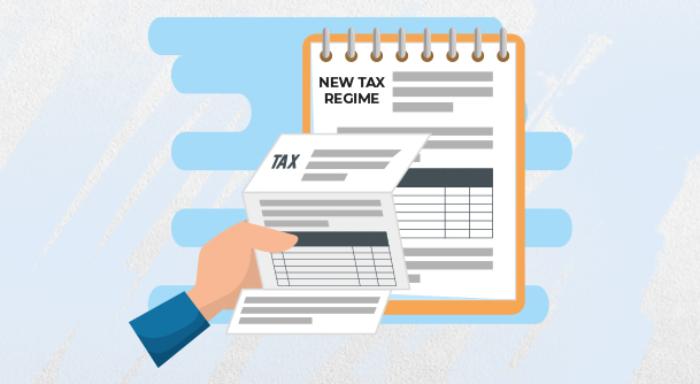Bond Funds: Understanding Their Advantages & How They Work
Blog Title
874 |
12/30/24 11:48 AM |
Bond funds, also known as debt funds, are funds that invest in debt securities that offer regular income payouts to investors. These funds are offered in mutual fund plans, ELSS, as well as Unit-Linked Insurance Plans (ULIPs). Bond funds are generally considered to be a safer/risk averse alternative to equity funds, as debt securities come with the assurance of periodic payouts based on the interest rate.
Understanding the benefits and types of bond funds can help you diversify your portfolio and improve your passive income in the long run. Here’s a basic breakdown of bond funds and how to use them to your advantage.
How do Bond Funds Work?
To understand bond funds, you first need to understand the nature of debt securities. In contrast to equity funds, debt securities require the debtor/borrow to pay back the principal amount to the creditor/investor. This means that you can at least expect your principal amount to be paid back over a period of time. Moreover, debt securities may also have other assurances such as a set policy term, steady interest rates, and a maturity date.
When you opt for a bond fund, your fund manager will invest your principal amount into a debt security with a high credit rating. Alongside the principal amount, you will also receive additional income that is generated based on the current interest rate of your fund.
The three defining factors of bond funds are:
Dividend Payouts: You will receive periodic payouts based on the income generated by your bond fund.
Capital Appreciation: The net assessment value (NAV) of your investments may appreciate over time based on the performance of your funds.
A Term of Repayment: Bond funds tend to have a set term of repayment within which you will get back your principal amount. You may also receive your returns in the form of a maturity benefit at the end of the term.
Additionally, based on the maturity date, bond funds can either be short-term (1-5 years) or long-term (over 5 years). This allows you the flexibility to choose a fund that best suits your current financial goals.
Types of Bond Funds
Some of the most popular types of bond funds include:
GILT Funds: Fund that are invested in debt securities issued by the central or state government are called GILT funds. Since these funds are government-linked, they are considered low risk investments. There are various subcategories of GILT funds that vary in their maturity period and rate of returns.
Corporate Bonds: Corporations also issue bond funds to raise capital for their projects. Corporate bonds are riskier than government bonds, but they also have the potential for higher returns if the project you have invested in performs well.
High-Yield Bonds: When companies that have a low credit rating want to raise money for their projects, they issue high-yield bonds or junk bonds. These bonds offer a much higher rate of returns compared to other types of bond funds, but the risk of default is also greater due to the issuers low credit rating.
Floating Rate Bonds: Bonds that have a variable rate of interest are called floating rate bonds. The rate can change based on numerous factors such as the current market climate or rate adjustments by the Reserved Bank of India (RBI).
Convertible Bonds: Some corporate bonds are also convertible, in the sense that you can convert your debt securities into equity-linked investments. This allows you to flexibly adjust your preexisting investment. Equity funds provide higher returns but also come with higher risk due to the volatility of the market, so keep that in mind before converting your funds.
What are the Advantages of Bond Funds?
Steady Income
One of the most important advantages of bond funds is their capability to provide steady income. Some bond funds even provide monthly income payouts. You can use this income to fulfil your goals or reinvest the amount to further grow your wealth.
Professional Fund Management
Mutual fund plans and ULIPs offer the services of professional fund managers. These managers aim to maximize your returns while minimizing your risk exposure. Fund managers are ideal for those who prefer to have a hands-off approach to investing.
Diversification
It is always wise to diversify your investments among various assets. Bond funds help you mitigate risk while also providing you with a passive source of income.
Lower Risk
Risk averse investors should consider bond funds as their primary investment option. Most bond funds provide certain assurances that are not offered in equity-linked funds. However, note that bond funds are never completely risk free, as there is always a small chance that the debtor may default on their commitments. This is why it is essential to invest in companies that have a high credit rating.
Conclusion
Bond funds are a key asset for risk averse investors who want a relatively stable investment that offers moderate returns. ULIPs are one of the most an affordable gateway for those who want to start investing into bond funds. A Unit-Linked Insurance Plan not only offers returns via market-linked funds but also provide life cover for those who want to secure their family.
Edelweiss Life- Wealth Plus is a ULIP with seven diverse fund options, including bond funds, GILT funds, and equity-linked Blue-Chip Funds. Choose your funds as per your risk tolerance and financial needs, while also securing your loved ones against future uncertainties!










